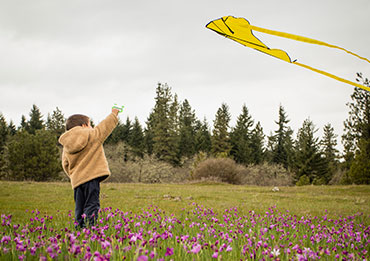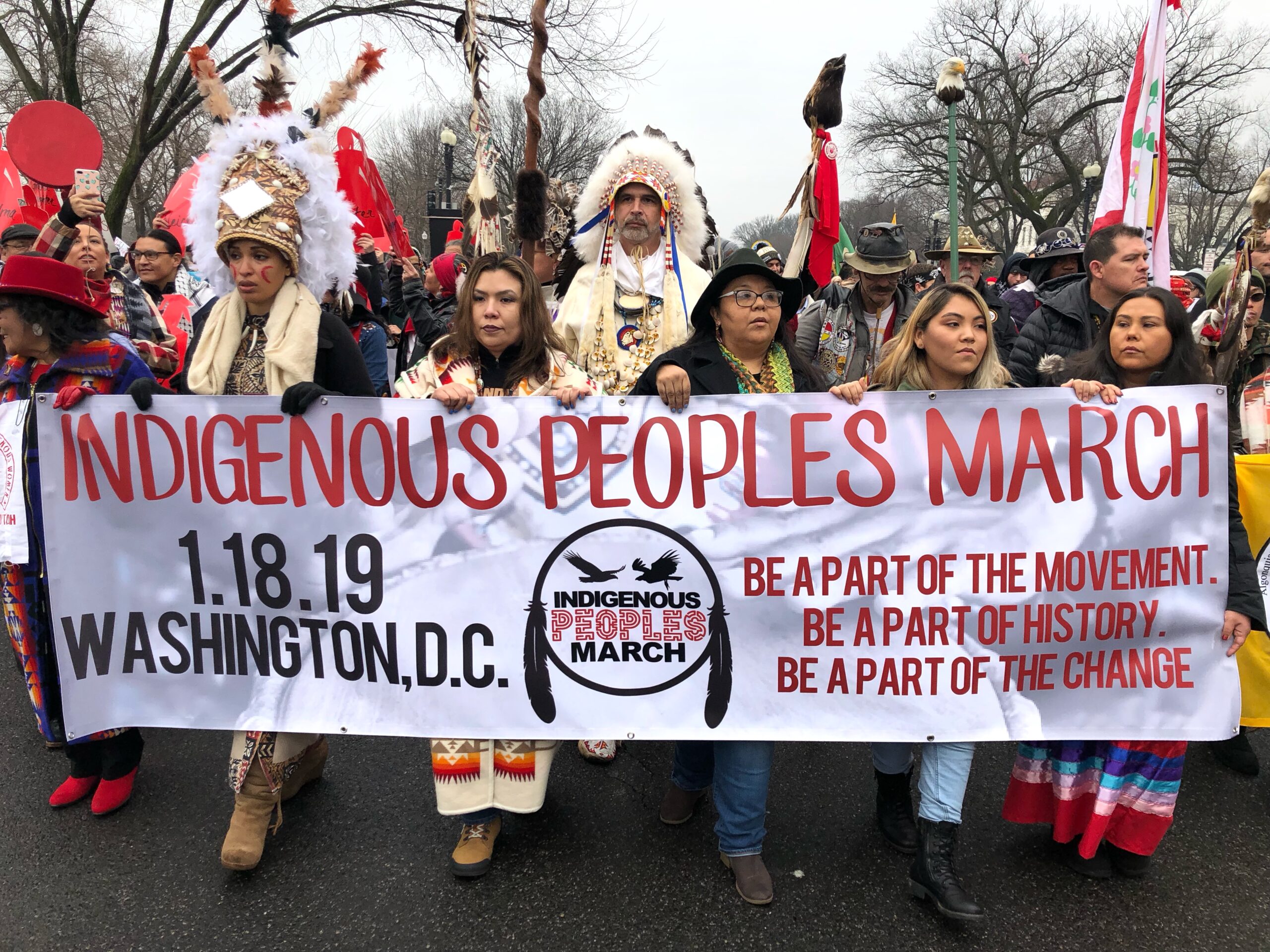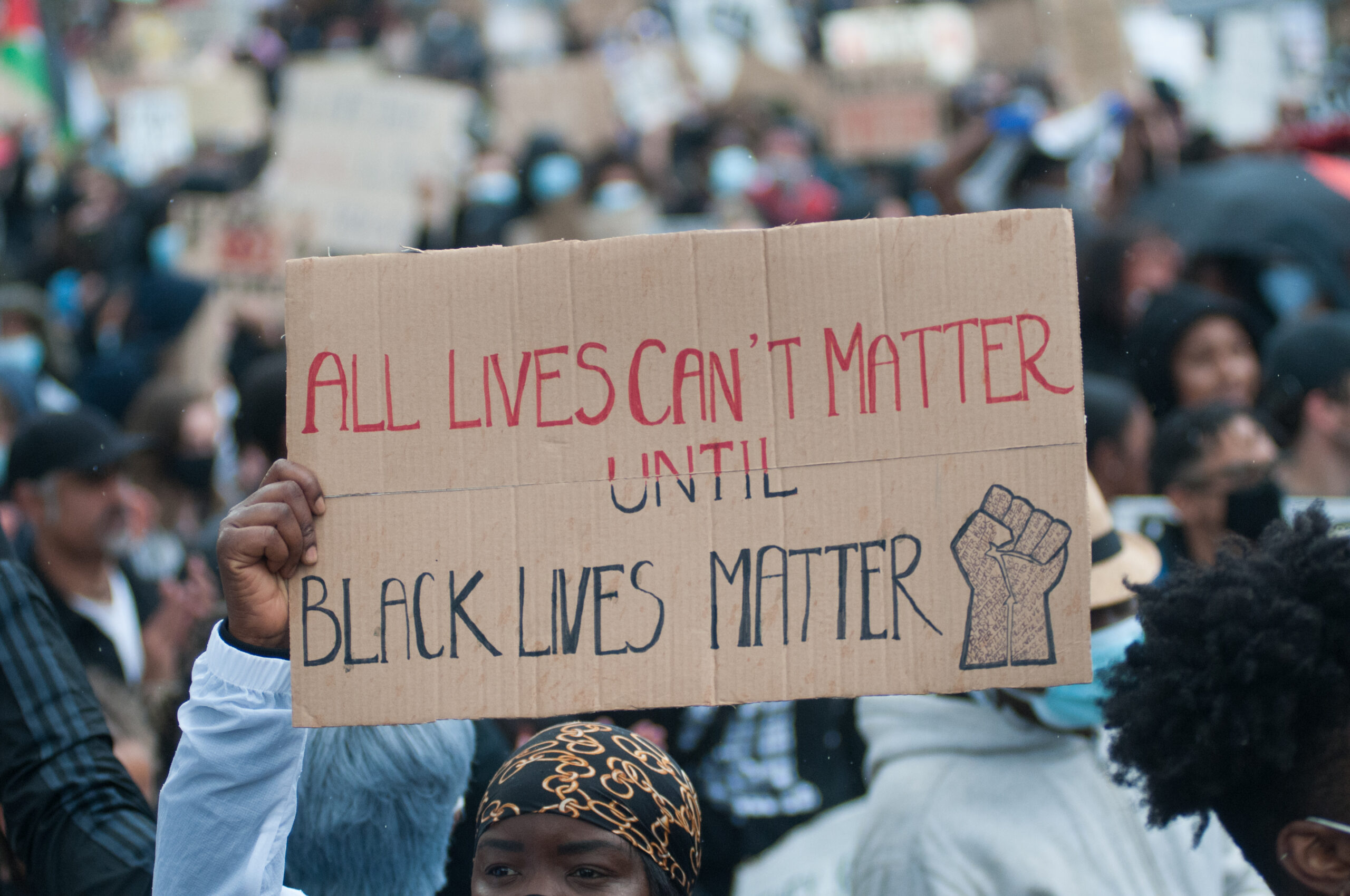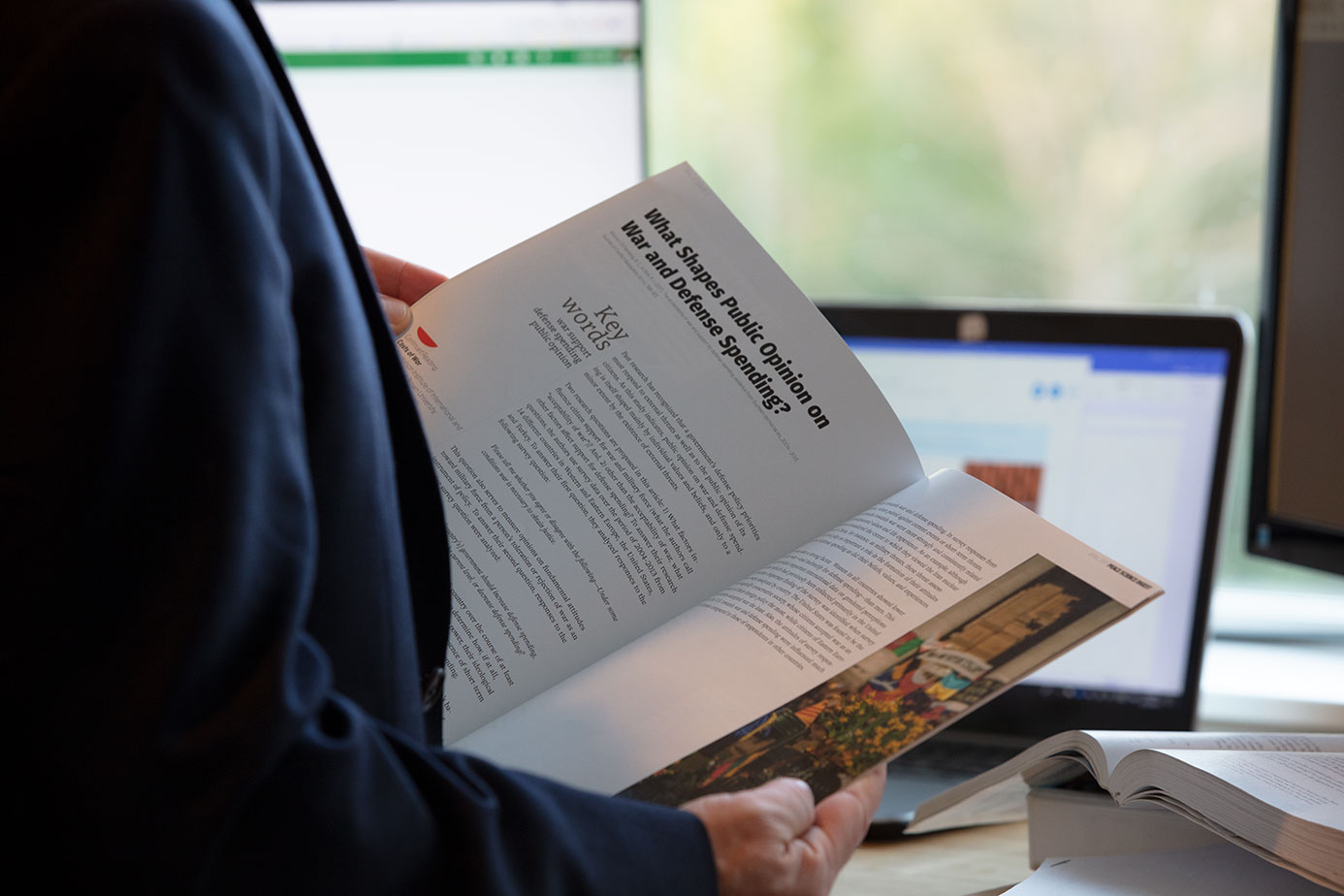Nonviolent Conflict Escalation
Nonviolent conflict escalation is achieved quantitatively or through innovation, dilemma creation, provocation, and persistence.

International Influence on U.S. Public Support for Drone Strikes
By highlighting civilian casualties and breaches of international law, international organizations can influence U.S. public opinion on drone policy.
Military Support and an Increased Vulnerability to Terrorist Attacks
Deployment of troops and weapons exports to another country increases the chance of attacks from terror organizations from that country.
Nonviolent Resistance Creates Strong Democracies
Democratic regimes that experience nonviolent resistance during the government transition phase survive longer than regimes without nonviolent resistance.
Casualty Inequity, Politics, and Public Support for Israel
Reporting of disproportionate civilian casualties during the 2014 Gaza conflict lowered U.S. public opinion of Israel.
Motives of U.S. Intervention: Democracy, Human Rights and Terrorism
The U.S. military is more likely to engage in a campaign for human rights than for security reasons, such as threats to democracy or terrorist activity.
Oil, Terrorism, and Insurgency in the Middle East and North Africa
When groups are included in political participation they are more likely to choose nonviolence over violence when voicing their grievances.

How Domestic Protests Influence Coups
Nonviolent protests are six times more effective at bringing about a coup than violent protests, and more likely to bring about democratization.

Indigenous Civil Resistance and Treaty Rights
Photo credit: Wikimedia Commons 2016 saw the emergence of a powerful movement against the construction of the Dakota Access Pipeline (DAPL) through land vital to Native communities, especially the Standing Rock Sioux. For non-Native people who have not been paying attention to Indigenous rights struggles over the past several decades, … Read more

Nonviolent Resistance and Government Repression
Photo credit: Wikimedia Commons A greater number of resistance movements are choosing to adopt nonviolent forms of struggle as the effectiveness of nonviolent resistance becomes more widely known. At the same time, however, the success rate of these nonviolent movements is decreasing. What accounts for this lower rate of success, … Read more

Creating a Broad-Based Movement for Black Lives
Photo credit: Tim Dennell In a scene from Sacha Jenkins’ new documentary, a father asks his 12-yearold son to tell the camera what he’s been told to do if their car is ever pulled over: “Put your hands up on the dashboard, so the police don’t think you have any … Read more

